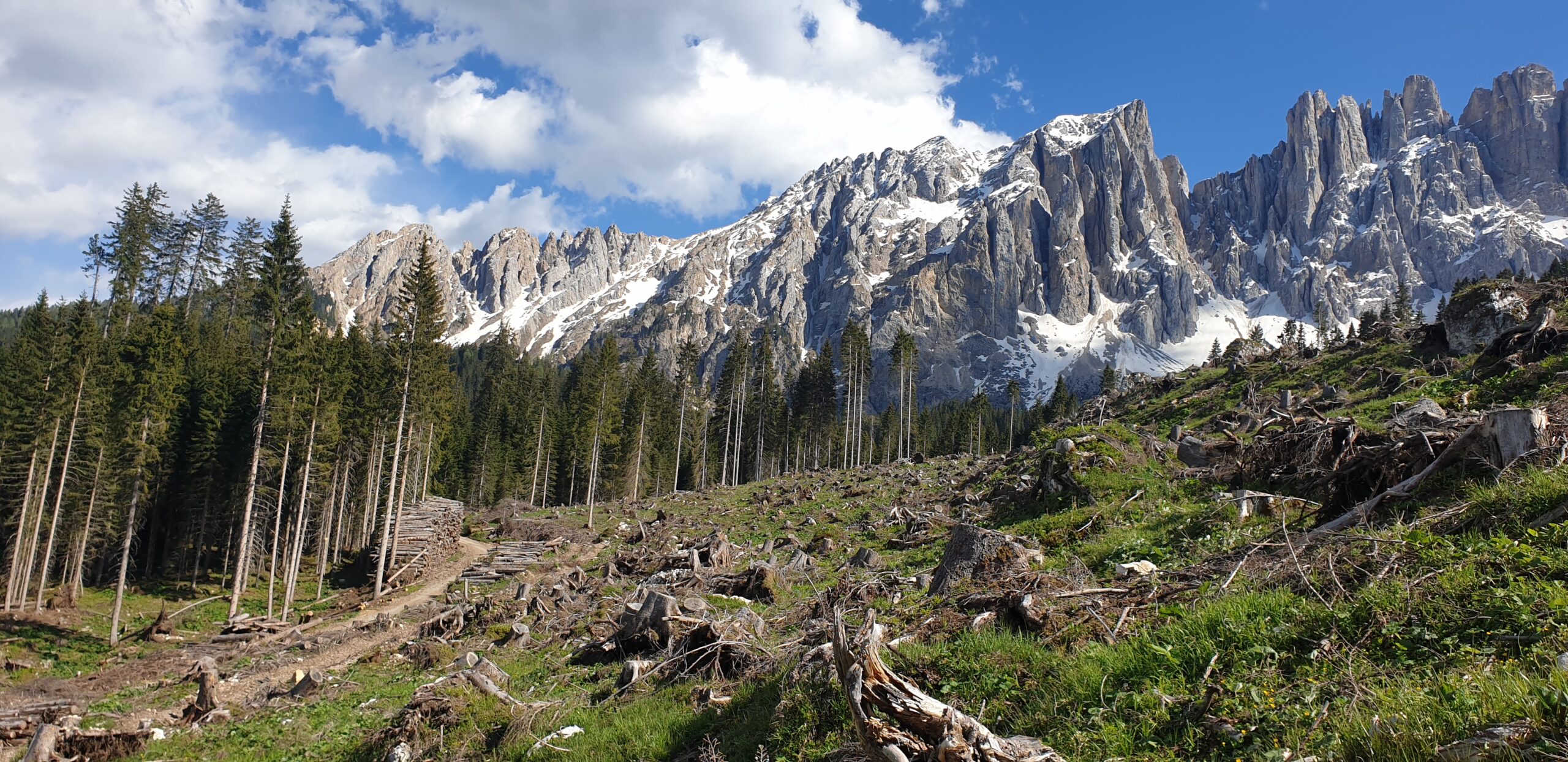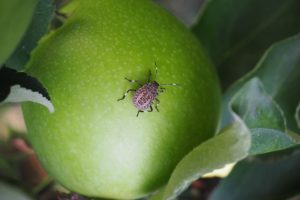Project description and goals
In autumn 2018, storm Vaia decimated parts of the South Tyrolean woodland A total of 6,000 hectares of forest, in 86 South Tyrolean municipalities, were destroyed because of the hurricane-like storm. The areas surrounding the Latemar, the municipalities of Deutschnofen and Welschnofen, were particularly affected. This project examines the biodiversity in the windfall areas west of the Karer Pass. We compare areas with different proportions of dead wood: those in which all dead trees have been removed with those in which dead trunks have remained. We also examine areas of the forest that were largely spared from the windthrow. The aim of the project is to understand how different animal and plant species react to a windthrow event and how they are affected by different management measures.
Methods
For each category (unaffected forest areas and cleared or uncleared areas affected by windthrow), five research locations were selected. When choosing the investigated organism groups, we favoured those that react to dead wood in particular (wood-living beetles, flat bugs). The species groups are representatively recorded, using standardised methods such as window traps, time-standardised hand catches. We also carry out parts of Biodiversity Monitoring South Tyrol’s standard programme (a survey of birds, bats, soil animals). Recently, we have also started to survey mice and other small mammals.
Partners
The project is carried out in collaboration with the Office for Forest Planning (Aut. Prov. Bozen-Südtirol) and the „Landesdomäne“.
Contact
For further information, please contact Andreas Hilpold, andreas.hilpold@eurac.edu
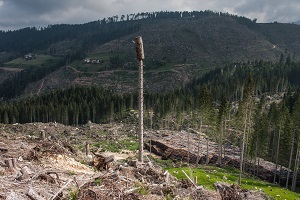
We are comparing unaffected forest areas as well as cleared and uncleared windthrow areas. 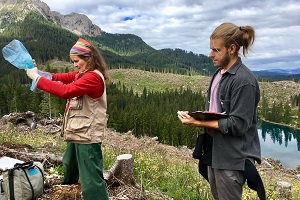
We have also started to survey mice and other small mammals. 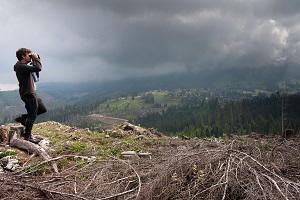
We also carry out parts of Biodiversity Monitoring South Tyrol’s standard programme (a survey of birds, bats, soil animals).

